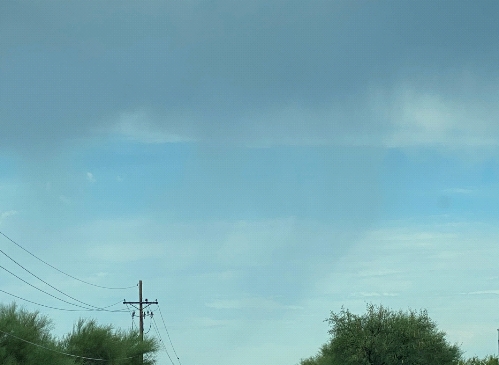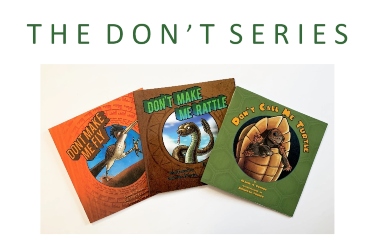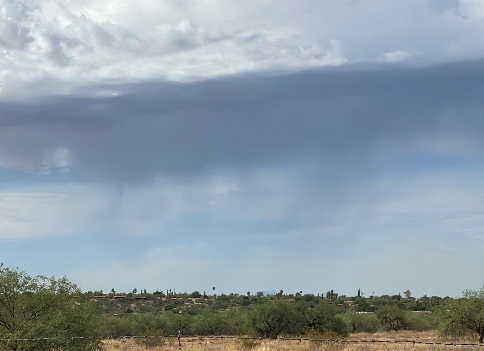Growing up in the Midwest, I didn’t really think about rain. It rained all year long, although in the winter it could fall as ice, or if we were lucky, snow. The only time rain was newsworthy was during tornado season, when nature used it as a weapon, or mid-summer when the corn and soybean crops needed timely rains for optimum growth.
But then I moved to the diverse and complex Sonoran Desert, where rain is not only newsworthy but fascinating. Every time it rains, it’s like I’ve never seen it before. I run to the window to watch the water falling from the clouds. The Tucson area only gets about 12 inches of rain each year, most during the summer monsoons. In my hometown, we were used to around 37 inches a year.
When I first moved to Arizona, I worked on the second floor. One day, I was delighted to see raindrops on the windows. I ran downstairs to stand in the rain, only to discover the rain was not reaching the ground. I looked up and could see the rain stopping about three feet above my head. Yes, sometimes the ground is so hot and the humidity so low that the raindrops evaporate before reaching the ground. Thus, I call it sky rain.

This year, in the weeks before monsoon, when it was very hot and rain clouds started to form, I watched sky rain right in front of me. If you look closely at the pictures, you will see that the rain is not reaching the ground. The ends even look slightly curved upward as the water is being warmed by the hot earth.
When it rains at your house, be glad when it reaches the ground, providing moisture to plants and animals. Sky rain, while fascinating, just doesn’t get that job done.
If you’d like to learn more about the Sonoran Desert, please see my Don’t Series books, which are vividly illustrated children’s book, where the science is written into rhyming stanzas, making learning science fun!

